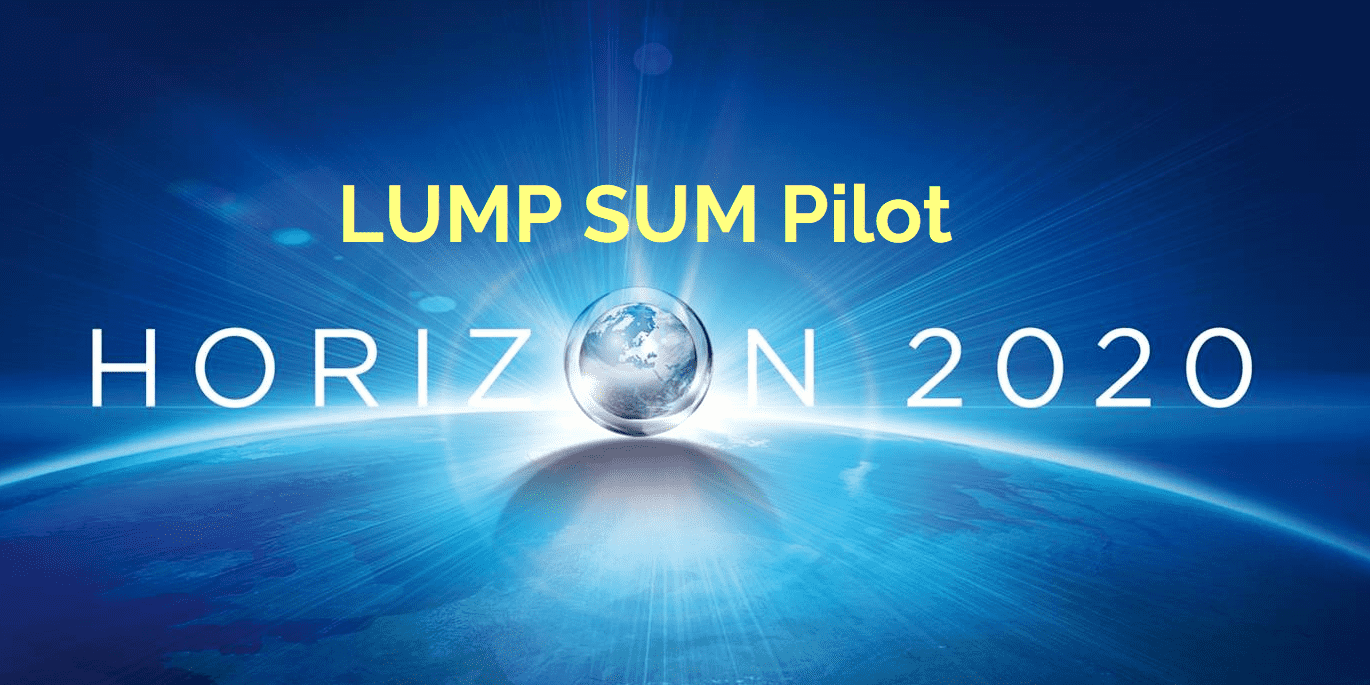Did you know that the European Commission has started trialing a new “Lump Sum” funding model before its full introduction into the new Horizon Europe programme?
Horizon Europe is just around the corner and we have just learned about the potentially dramatic changes regarding forms of Union contribution. Based upon article. 125, point 1 (a) of the new REGULATION (EU, Euratom) 2018/1046 on the financial rules applicable to the general budget of the Union, a new type of “Lump Sum Funding Model” had been introduced. Commencing from 2021, the European Commissions’ calls for proposals may adopt this model on a more widespread basis. However before doing so the European Commission has prudently decided to launch a “Pilot scheme” before implementing this model across the board. The European Commission is introducing this model into several calls in 2019 in order to test the effectiveness of this new approach and to gauge the reaction of pilot beneficiaries.
In fact the Work Programme of Horizon 2020 foresees for the period between 2018 and 2020 the establishment of a Lump Sum Pilot, as one of the main elements of the second wave of simplification in H2020.
Funding based on reimbursement of incurred costs requires extensive financial reporting and is prone to error. Lump sum funding on the other hand provides considerable potential for simplification. It will remove all obligations on cost reporting, and eliminate the need for timesheets and financial ex-post audits on costs incurred; thereby removing burdensome administrative pressures on beneficiaries. This model will shift the focus on “financial management” and checking costs to the scientific-technical content of the projects. The trade off here is that it can be deduced – not unreasonably that the EC will now pay much closer scrutiny to technical deliverables, the projects progression and their quality than before which will present a whole host of new pressures and challenges to beneficiaries.
Two options or approaches are expected to be implemented:
(i) The lump sum per project is fixed by the European Commission in the work programme: Proposals describe the efforts and resources that the applicants commit to mobilize for the predefined lump sum amount. Applicants must also provide the proposed split of the lump sum per work package and per beneficiary. Proposal evaluation and competition between proposals ensures that an appropriate level of resources is committed.
(ii) The lump-sum is defined by applicants in their proposal. Applicants will propose a lump sum based on a detailed estimation of costs. Following evaluation of the proposal and taking into account expert advice, an individual lump sum is fixed in each grant agreement. Proposals contain a detailed budget that resolves the direct costs of each beneficiary in usual budget categories.
Awarded projects under the pilot scheme are monitored to extrapolate lessons from the practical application of this trail. Initial feedback from pilot beneficiaries of Lump Sum 2019 will be available soon and we are sure they will undoubtedly shape the EC direct funding scenario profoundly over the coming years.
By Marco Liviantoni and Robert Carroll




